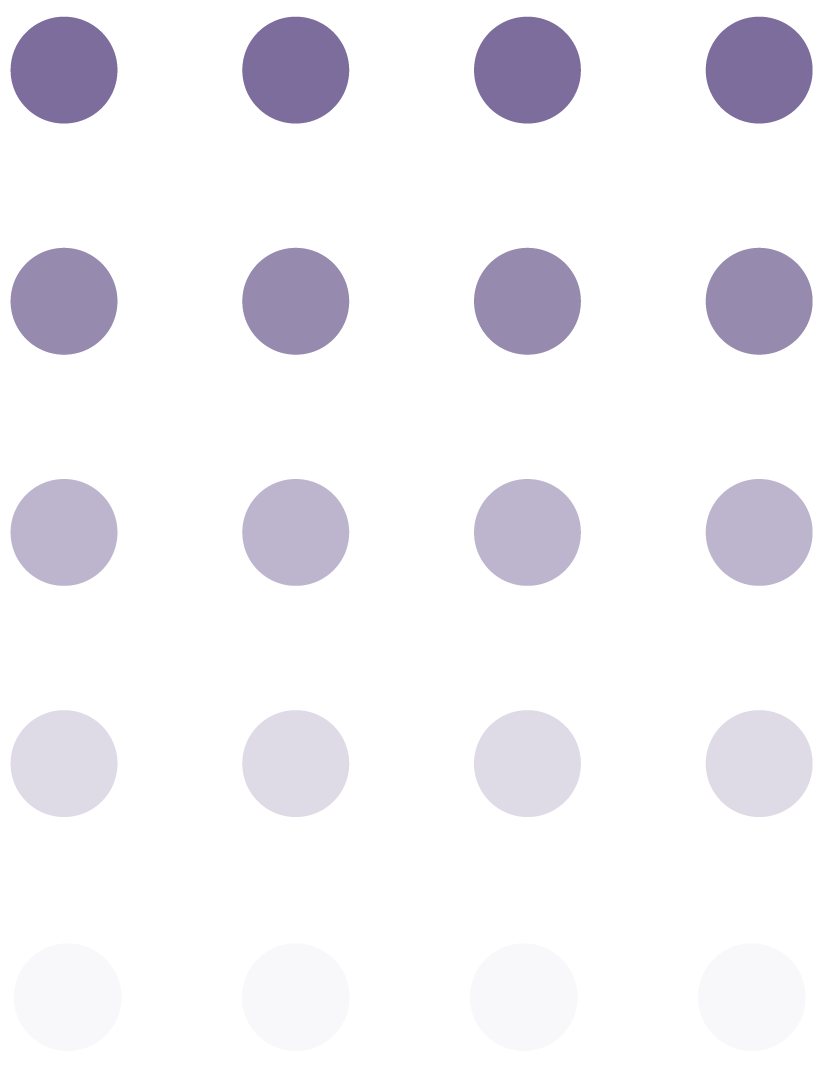Hysterectomy

Introduction
Hysterectomy is a surgical procedure that involves the removal of a woman’s uterus. It may be done for various reasons, such as treating uterine fibroids, endometriosis, or cancer.
Causes
There are many reasons why a woman may need a hysterectomy. These include uterine fibroids, endometriosis, uterine prolapse, abnormal vaginal bleeding, chronic pelvic pain, and certain types of cancer.
Symptoms
The symptoms that may lead to a hysterectomy can vary depending on the underlying condition. Some common symptoms include heavy menstrual bleeding, severe menstrual cramps, pelvic pain or pressure, urinary incontinence, and pain during intercourse.
Diagnosis
A hysterectomy may be recommended by a doctor if the patient has a medical condition that cannot be treated with other methods. The diagnosis is typically made after a thorough medical evaluation, which may include imaging tests, such as ultrasound, MRI, or CT scans, as well as blood tests and a physical examination.
Treatment
The main treatment for many conditions that require a hysterectomy is the removal of the uterus. There are different types of hysterectomy procedures, including total hysterectomy, partial hysterectomy, and radical hysterectomy. The choice of procedure will depend on the underlying condition and the patient’s individual needs.
Precautions
After a hysterectomy, women should avoid heavy lifting or strenuous exercise for several weeks. They should also avoid sexual activity for at least six weeks or until their doctor gives them the green light. Women who have had a hysterectomy will also need to monitor their hormone levels and may need to take hormone replacement therapy.

patient education
Learn more about ob/gym topics in our award winning patient education library.
Contact us
Phone:
305-931-7960
12550 Biscayne Blvd, Suite Ph 906
North Miami, Florida 33181
Email: [email protected]
